As jewelry retailers adopt technological advancements, many businesses are finding the solution to their challenges in a flexible cloud enterprise resource planning platform.
As a new generation takes the reins in the fine jewelry retail industry, they expect to make decisions based on accurate data, enjoy full visibility into operations, and have the tools to meet their customers’ ever-evolving needs. What these incoming leaders are learning, however, is that their predecessors largely relied on—and continue to use—aging business systems, spreadsheets, and manual processes to run their growing enterprises.
This creates myriad complications for jewelry retailers, many of which have been owned and operated by the same families for more than 100 years.
“Many of these companies are flying blind due to a lack of operational visibility,” said Vikram Bhandari, founder and CEO at Yantra, Inc., a NetSuite Alliance Partner. “They’re making decisions based on gut feel, with any data-based decisions largely dependent on information that’s being processed through spreadsheets.”
This guide highlights the top challenges that jewelry companies face and explains how a cloud-based Enterprise Resource Planning (ERP) solution combined with industry customizations can help solve these problems with customized jewelry industry solutions and more.
This article will cover:
1. Making the Switch
2. All in one place
3. Meeting specific requirements
4. An Undiscovered Need
Making the Switch
As with most industries, shifts in the retail jewelry sector are largely being driven by consumers’ evolving expectations. While most buyers still prefer to try on fine jewelry before buying—a preference supported by brick-and-mortar locations—more people expect to shop online, interact with sellers via mobile, and scope out the new style buzz on social media.
“The whole concept of the buying cycle has changed, and so has the buyer demographic, which now includes a higher number of younger, tech-savvy customers,” Bhandari said. “This new generation of buyers has different expectations than traditional jewelry buyers do.”
This presents unique challenges and opportunities. While the industry focuses primarily on retail sales, jewelers may also create and produce their designs, which adds supply chain challenges. Over the last few years, many jewelers have added an e-commerce presence to complement their brick-and-mortar stores. Others are focused solely on their online sales channels. To run these multifaceted operations, most use a mix of proprietary and homegrown solutions, including Just Jewelry (a Microsoft Value-Added Reseller), Fantasy, Mi9, or a combination of QuickBooks and Fishbowl. Because sharing data across their disparate systems isn’t an option, most companies resort to using spreadsheets to gather and disseminate financial and operational reports.
Another critical technology gap exists on the Point of Sale (POS) side, where there is no single solution that fits the needs of all jewelry retailers. As a result, there are many different POS systems that may be deployed. Over the past four months, for example, Yantra has worked with POS solutions like Lightspeed, KWI and TCS when implementing NetSuite for companies in the retail jewelry sector.
To manage these and other complexities, jewelry retailers frequently resort to workarounds, spreadsheets, and manual processes that allow them to continue using their legacy business systems. But now, with a new generation of owners coming on the scene, more of these firms are rethinking that approach and looking for unified systems that provide automation, simplify their processes, and give them the operational visibility that they’ve been missing.
“This industry is going through a digital transformation, with most jewelers looking to shift over to a new era of software,” said Rajesh Pawar, director at Yantra, Inc. “But cloud-based solutions are not being used universally by jewelry retailers today. Instead, they’re still using homegrown, on-premises tools.”
Some of the hesitancy to upgrade comes from a fear of losing the 30+ years of customer data that’s stored in those systems. “They want to keep that data close to their hearts,” said Pawar. “But that mindset is going to have to change significantly over the next few years.”
“They want to keep that data close to their hearts,” said Pawar. “But that mindset is going to have to change significantly over the next few years.”
The customer is a key driver of the technology shift. Buyers want to shop online, use social media, design their diamond engagement rings, and leverage other digital experiences that aren’t well supported by aging solutions and spreadsheets.
“The old systems currently in use were built for traditional modes of sale, wherein a retailer stocks inventory and sells it through a brick-and-mortar store. As jewelers expand into different revenue generation channels, it will become more and more difficult for them to continue on their old platforms.” Rajesh Pawar, Director, Yantra, Inc.
All In One Place
With native functionalities like multi-location inventory management, deep supply chain visibility, and two automatic upgrades a year ensuring that customers are always on the current release, NetSuite of the Retail industry gives multi-channel jewelry retailers the strong technological foundation with jewelry industry solutions they need to grow their businesses.
NetSuite’s multi-subsidiary, multi-location, and multi-entity accounting capabilities, for example, help retailers manage stock across various locations, including owned inventory, consignment inventory, and jewelry that’s been received for repair.
These are important functions for jewelry stores, each of which operates as its legal entity. When an intercompany transfer of inventory happens, NetSuite can readily track and report on it.
Because some inventory is sold on consignment and owned by outside partners, jewelry companies need jewelry industry solutions like inventory management systems that can readily catalog, track, and record the sale of these consigned goods. Jewelers may also act as consignors to other brands, such as Amazon or another jewelry retailer. NetSuite manages and tracks these “memo” (consigned inventory in the jewelry sector) transactions. This eliminates the need for spreadsheets, emails, and follow-up phone calls to determine the status of memo inventory.
NetSuite for the Jewelry industry also manages serial-number tracking on finished goods, stones, and settings, as well as buying, tracking, and selling items, like watches, that also carry serial numbers.
Using integration with a gemstone certification agency like GIA (Gemological Institute of America), NetSuite maintains and tracks specific gemstone attributes and stone certification numbers. For stones that require an engraving or a particular setting, Yantra can build an integration to a configurator like Verenia or Configure One.
These fine details directly impact jewelers, most of whom outsource the manufacturing process to a third party. From there, pieces are customized according to the specifications of the jeweler or the customer. A company may order 100 rings, for example, and each unit may have a weight fluctuation of .01 grams or a diamond size that differs by .01 carats. These are important considerations in a market where gold, silver and precious gem prices can fluctuate from one day to the next.
To help NetSuite customers manage these complexities, Yantra built a custom solution. Say the jeweler releases an order for 500 units and receives those units in five lots of 100, each of those units is entered into the ERP at a separate price. The customization does this by computing the price on a real-time basis using the receipt barcode and the actual weight to calculate variances. This is especially important in the commodity side of the industry, where the price quoted on a Purchase Order (PO) one day doesn’t necessarily reflect the unit’s value when the order is actually received or sold.
Yantra also developed a customization that allows jewelry companies to automatically release a PO for each component of a ring, bracelet, necklace or other piece of jewelry that requires more than one manufacturer.
“As the components come together, they’re assembled within NetSuite as a work order,” Pawar said. “Then, the sales order is filled in and moved over to the merchant request. This value chain is slightly different than that of a traditional manufacturing setup, so we came up with a customization to support it.”
Meeting Specific Requirements
Jewelry retailers need an easy way to manage repair or warranty work, which requires careful orchestration as pieces are received, sent out for repair, and then returned to the customer. Retailers also need to know if total repair costs may exceed the cost of the piece and exactly which items on a bill of sale are—or aren’t— eligible for a specific warranty.
The latter can be particularly difficult to manage on spreadsheets and disparate POS systems. For the customer who brings back one ring for repair and who bought several more on the same day, the retailer must determine which warranty applies to each ring. To help companies manage this aspect of their business, Yantra will often integrate an existing POS with NetSuite, which “tags out” the five SKUs that were purchased and shows which one has the warranty.
“That way, when someone pulls up that record on POS, they see that, yes, this is the ring that had the warranty,” said Bhandari. “It’s the combination of NetSuite and a POS that makes that happen.”
Other functions that Yantra helps jewelry retailers automate include:
• Trade-ins: Customers can bring their jewelry to trade in and have the value applied to the new item they’re buying, such as a larger diamond in a wedding ring. Retailers must track this inventory, offer in-house credit programs and manage these transactions.
• Sales commission tracking: Retailers can split commissions by order or by item, important in a sector where multiple salespeople may be working with the same customer and earn the respective commission on each item sold.
• Gold revaluation: The gold market is in constant flux, and owners often want to revalue and/or resell the gold they own. Yantra’s customizations account for this commodity rate fluctuation and allow retailers to use NetSuite to manage the revaluation process.
Because every jewelry retailer is unique, Yantra uses NetSuite as a foundation and then adds the customizations that each entity requires to automate its processes simplify operations and gain higher levels of visibility.
With a typical implementation time of six to eight months, the NetSuite Partner brings all processes—from the time an order is placed until it’s handed to the end customer— onto a single platform that’s able to manage a wide variety of integration options.
An Undiscovered Need
Once in place, NetSuite gives jewelers the exact Cost of Goods Sold (COGS) computed for every order and item. This is a vast improvement over prior systems, which couldn’t bring together all key sales-related metrics in one place.
Retailers also gain visibility across their locations with a direct integration between their POS and ERP systems. They know where their purchased and consignment inventory is at any time, and can easily track customer items as those goods make their way through the repair process.
In some cases, this repair tracking capability fulfills an undiscovered need that jewelers didn’t even know they had.
“Knowing the repair status and being able to automatically message that information to a customer is a big shift from what many of these retailers are accustomed to,” said Bhandari, who sees this as another way to better cater to customers. “Traditionally, jewelers were calling customers and saying, ‘Okay, your ring is ready for pickup. Can you please come in?’ We help them simplify the steps and remove the manual process.”
Bottom Line Benefits
As they survey the retail jewelry landscape, Bhandari and Pawar see ample opportunity for companies to apply unified ERP technology to their operations—and reap major rewards. They also see a lot of broken processes, too much manual intervention, and vastly different approaches being used within the same company. Disparate processes lead to poor accountability and inaccurate financials, both of which can significantly impact an organization’s bottom line.
By rethinking their approaches and implementing a unified cloud ERP, retail companies that use NetSuite can leverage the benefits outlined above while setting themselves up for another 100+ years of success in an industry where long-lasting, family-owned organizations are still common.


